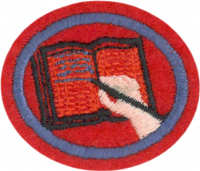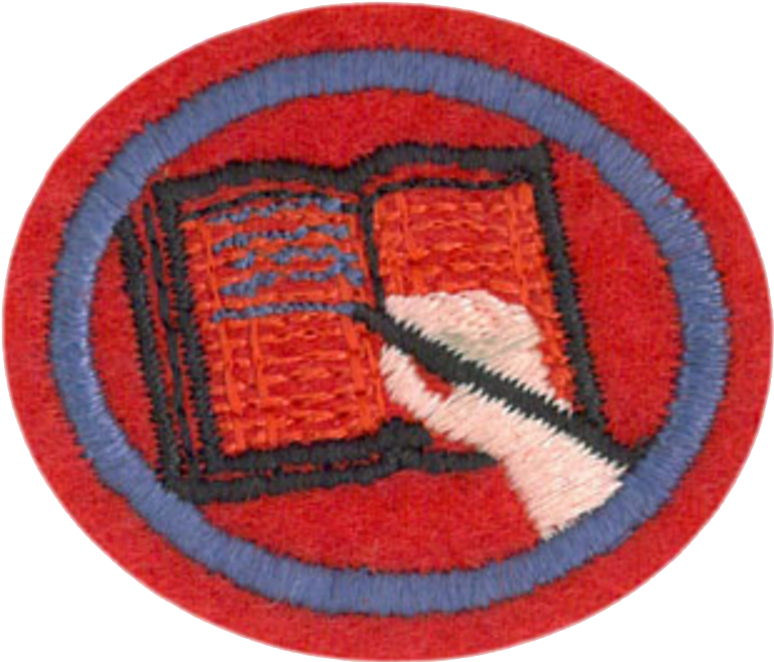AY Honors/Accounting/Answer Key
From Pathfinder Wiki
< AY Honors | AccountingAY Honors/Accounting/Answer Key/en
Complete a high school or college course in accounting OR the following requirements:
Completing a course is the best way to really learn accounting. If attending school is not convenient, consider distance education. The requirements below represent some of the main skills you will learn in an accounting course.
If you insist on self study, get a good accounting textbook to read and work out problems in it.
1
What is accounting?
2
What are some functions of an accountant?
3
Define the following accounting terms:
3a
Equity
3b
Depreciation
3c
Balance sheet
3d
Cash flow
3e
Capital
3f
Accounts payable
3g
Accounts receivable
3h
General ledger
3i
Net income
3j
Retirement planning
4
What are some advantages of computerized accounting?
5
What type of education and skills are necessary to be an accountant?
6
What certifications are available for accountants? How do they differ from earning a college degree in accounting?
7
Identify and define at least ten accounting career disciplines.
8
Individually or as a group, discuss the biblical principles of each of the following texts, drawing comparisons to the field of accounting:
8a
Internal Controls – 2 Chronicles 24:11
8b
Accountability – Ecclesiastes 4:1-2
8c
Balancing – Leviticus 19:35-36, Deuteronomy 25:13-16
8d
Integrity and Values – 2 Corinthians 8:16-20
8e
Monitoring – 2 Kings 12:16, Luke 16
9
Briefly describe the difference between an individual who is a “millionaire” versus an individual with a net worth of a million dollars. Include a discussion of liquid and non-liquid assets.
10
Complete three of the following:
10a
Reconcile bank balance to book balance in checking accounts, including deposit in transit, service charge, returned NSF, interest on account, and checks in transit.
10b
Show transactions necessary for acquisition or deposit of assets, and acquisition and disposal of liability. Show transactions necessary to close income and expense accounts at year-end.
10c
Be able to write an income statement from a trial balance.
10d
Be able to correctly classify balance sheet items with short-term asset, long-term asset, contra asset, short-term liability, long-term liability, and equity.


